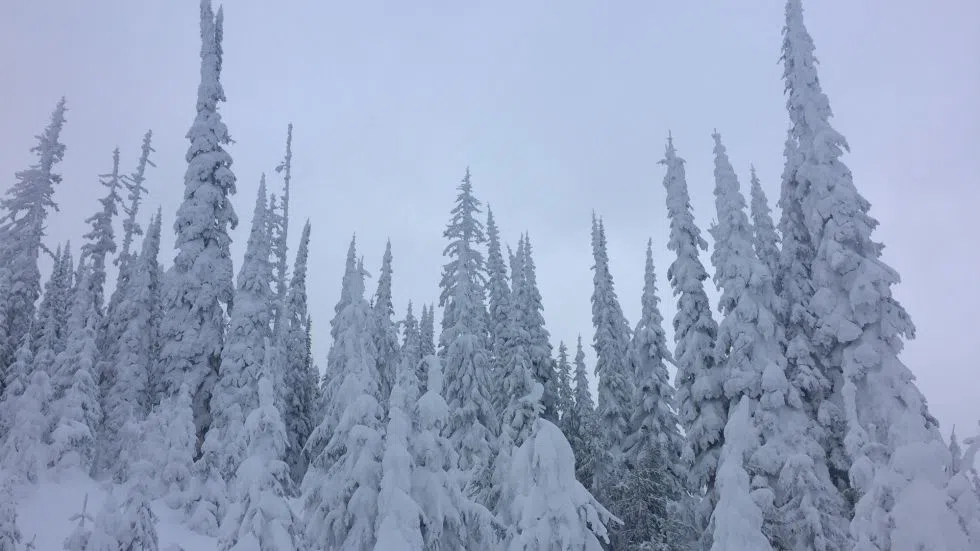
New BC snowpack numbers stoke flood fears
KAMLOOPS — Ominous numbers released by the BC River Forecast Centre today suggest the Interior could see a lot more flooding this spring.
The latest snow survey shows the average provincial snowpack at 118 per cent of normal as of May 1, compared to 98 per cent on April 1.
Section Head Dave Campbell says the melt has been very slow, and precipitation throughout April has not helped matters.
“We’ve seen a combination of wet weather, particularly in the south half of the province, but also cooler,” said Campbell. “That’s driven snowpack levels up across the province, as well as a bit of a delay in the melt which also brings the numbers up a little.”


